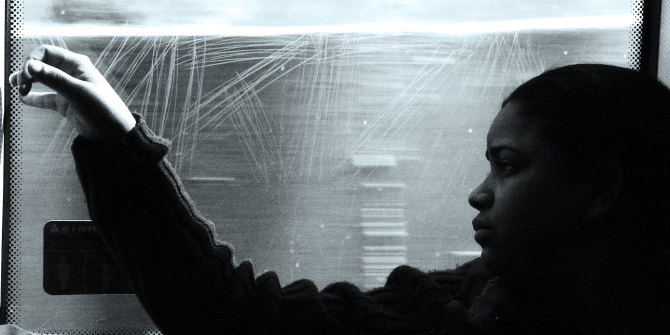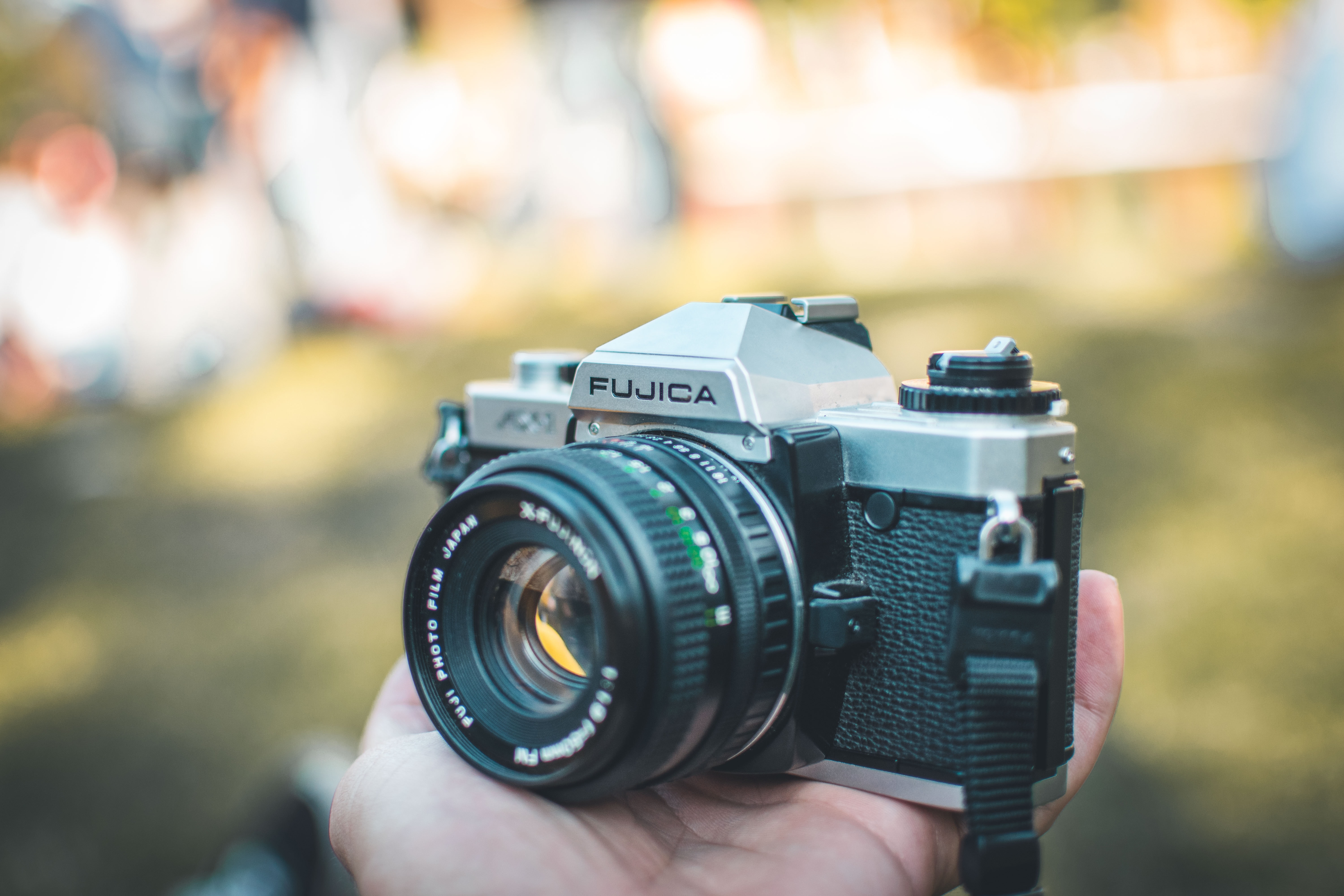By Anna Matczak
Around this time last year I became interested in photography. I bought my first DSLR camera and began to explore things like ISO, shutter, aperture etc. While my very first photography experiences were rather random, it is only recently I started asking myself why it is that I revel in photography and what taking pictures means to me? So I cast my mind back to a conversation I had with my dear cousin the other day, who said that taking pictures makes you pause for a moment. As trivial as it may sound, it was a spot-on observation. Due to my work and studies I have long been exposed to a plethora of mind stretching stimuli. However I would often either keep these thoughts and observations unexplored in my mind or simply let them drift away. Also, for the past 12 years I have lived in vibrant but equally debilitating cities where very frequently it has been a struggle to find the time and to give meaning to what surrounds me. My cousin’s remark helped me to understand why I enjoy taking pictures and now I know that this is mainly because I have to stop, set the scene for discovery and then visualise my analytical exploration. And in my own amateurish way I always hope to get a picture that is worth a thousand words.
Reflecting on my interest in photography also assisted me with reflecting on how I could possibly approach the use of theories in my academic life. It was exactly seven years ago when I first learnt about restorative justice (RJ). I vividly remember the lecture I attended and that turned out to be so inspirational. RJ was something that came naturally to me, and what came even more naturally was to consider the concept as a subject for my doctoral research. For the sake of clarity let me just explain how I define RJ in my research: restorative justice is about ‘bringing together offender, victim, family, and (sometimes) the community to address what happened, how the parties were affected, and what positive steps the offender can take to make amends with the victim and the community’ (Rossner, 2008:173). During this year’s restorative justice awareness week (15 – 22 November) I flicked through some old photos that remind me of RJ. And I paused.
My PhD started off from the question how viable is restorative justice in the Polish context. Given the socialist past, turbulent years of transformation and current position in the EU, I wondered how Polish people would respond to such informal and out of court conflict resolution. For my empirical fieldwork then I wanted to explore what lay citizens know and think about restorative justice as practised in Poland (in the form of victim offender mediation). It turned out that my study participants actually had more to say about justice and punishment rather than specifically victim offender mediation. In consequence the findings of my qualitative fieldwork have led me to reorient the focus of my research and relocate the status of RJ within my thesis. After taking into consideration the advice I was given from experienced and well-established scholars, what I had to do was to pause, set the scene for discovery and let my data speak. Or, drawing on my photography metaphor, initially I used RJ lens to take a picture of RJ in the Polish context, set the camera to capture people’s understandings of victim offender mediation, but I ended up with a photograph that now shows something different than I had anticipated.
Although one may say that expecting the unexpected is part and parcel of qualitative research, it appears that my doctoral thesis had to be significantly reoriented. It has been recast to illustrate broader understandings of punishment and justice that were articulated in people’s accounts of the criminal justice system, police, unpaid work, but also of media, apology or even economy. RJ as a theoretical lens has helped me to get a broader picture of socio-political, economic, cultural preconditions for the theory (and practice) to take off. Or to put simply, I ended up with a photograph that is worth a thousand words.
Setting things like ISO, shutter or aperture can be a good start for taking a brilliant picture. While these features can be seen as the preconditions to great photography, putting the RJ lens in criminology/sociology, and exploring for example people’s understandings of punishment and justice, can shed light on a number of preconditions for RJ to succeed. Moreover, applying RJ in our academic endeavours can be an interesting avenue to produce a brilliant snapshot of a society.
Finally, it is fair to say that photography has become an accessory to our lifestyle. Nowadays we document what we eat, wear, read, and listen to. We photograph how we spend our time and who we spend our time with. Although the popularity of restorative justice has been skyrocketing across countries (Roche 2006) the extent to which the concept has become an accessory to the way we deal with crimes is still rather limited. Nevertheless it is worth to consider restorative justice, as any other theoretical lens, as something that makes academics to pause and reflect on. Just as photography does in my life.
References:
Roche, D. (2006) Dimensions of Restorative Justice. Journal of Social Issues, 62(2), 217-238.
Rossner, M. (2008) Healing Victims and Offenders and Reducing Crime: A Critical Assessment of Restorative Justice Practice and Theory. Sociology Compass, 2 (6) pp.1734-1749.




